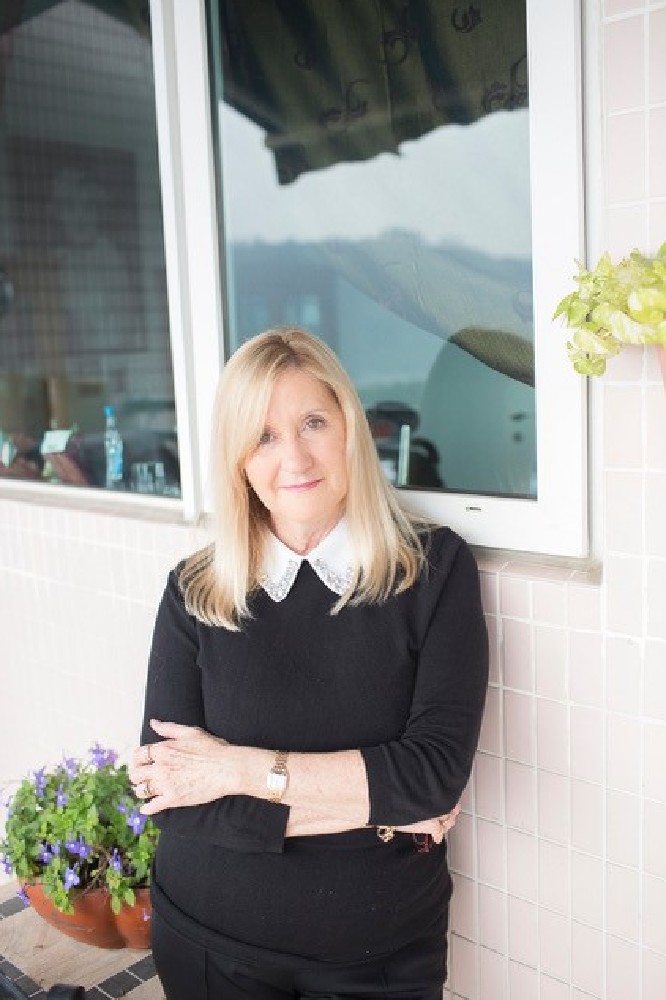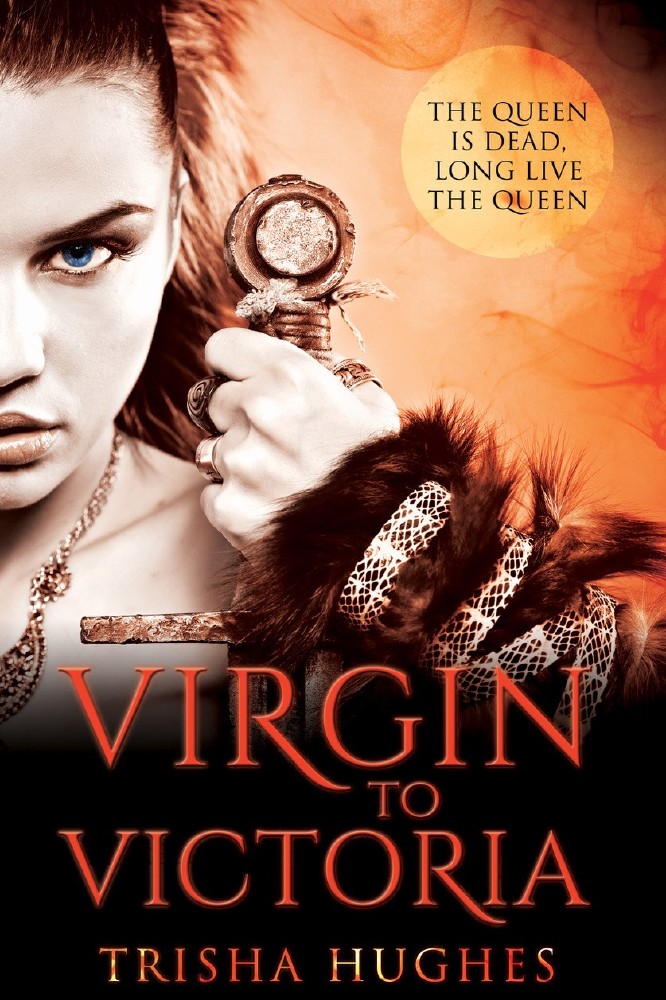Following the release of her second historical novel, Virgin to Victoria, Trisha Hughes shares the top 10 things you should know about Queen Victoria:

Trisha Hughes
Queen Victoria ruled the largest empire in history for 63 years, becoming the longest reigning British Monarch to date until her death in 1901. Queen Elizabeth II has since superseded that milestone.
No one ever imagined that one day Victoria would be the queen. Her father was not the first son of a king. He was the fourth and this made her 6th in line. The honor was thrust upon her by a succession of unfortunate coincidences including the death of Princess Charlotte during childbirth, King George IV’s only child, the death of two elderly uncles with no legitimate children and her father being lucky enough to persuade her mother to marry him, despite being a middle-aged bankrupt prince.
Queen Victoria belonged to the Hanover dynasty, which succeeded the Stuart dynasty after the death of Queen Anne who had suffered 17 pregnancies, with no surviving children. When it became apparent that Anne would be having no more children and would not live much longer, Parliament began a frantic search through the Stuart family tree looking for a Protestant candidate that was more suitable than the Catholic descendant of James II, James Francis Edward Stuart living in Italy. The name Sophia, Electress of Hanover finally popped up as the granddaughter of James I through his daughter Elizabeth.
Victoria’s grandfather was George III, nicknamed ‘Mad King George’ and as such, Parliament watched Victoria and her furious temper tantrums closely, fearing that royal ‘madness’ was hereditary. Recently, King George’s condition is believed to have been porphyria, a disease from which the Stuarts suffered as far back as James I.
The day of her coronation did not go off without incident. Her archbishop jumbled his lines, one of her lords tumbled down the steps when he approached to kiss her hand and she would have noticed her prime minister half-stoned on opium and brandy. Her ruby coronation ring had even been jammed on the wrong finger.
There was a very complicated German connection that ran through Victoria’s veins. With both sets of parents and grandparents being German, it is understandable that she felt German despite being born in Kensington. In the future though, there would be a tragic failure for her grandchildren to understand each other. It destined these two nations to explode on the battlefields during the First World War as the biggest family squabble of all time.
Over the course of her 21-year marriage to her first cousin, Prince Albert of Saxe-Coburg-Gotha, they raised nine children. She is called the Grandmother of Europe because in just a couple of generations Victoria’s descendants were spread across the continent. Her 42 grandchildren could be found in the royal families of Germany, Russia, Greece, Romania, Sweden, Norway and Spain. Her grandson, Kaiser Wilhelm, reportedly remarked that had his grandmother still been alive, the First World War may never have happened.
Her life was rocked by the death of her beloved husband who died at the age of 42 on 14th December 1861. Following his death, Victoria retreated from public life, adopting elaborate mourning rituals that rapidly became obsessive. She mourned her husband for the rest of her life.
It is believed that Victoria was a carrier of hemophilia, a disease that affects the blood’s ability to clot, and had unwittingly introduced the rare inherited disease into her bloodline. Both the Russian and Spanish royal family would be severely affected and her son Leopold died through related injuries after a fall.
During the course of her 63-year-long reign, Victoria came out unscathed from at least six serious attempts on her life, some of which were terrifyingly close calls.

Virgin to Victoria is a powerful retelling of the history of the British monarchy, beginning with Henry VIII’s daughter, Elizabeth I, as she comes to the throne. It’s available to buy from Amazon, The Book Guild and all good bookshops.

